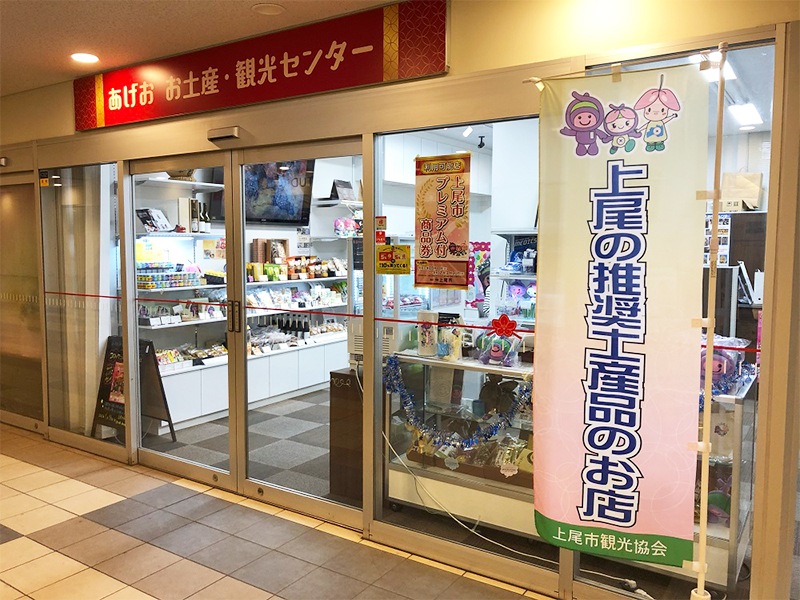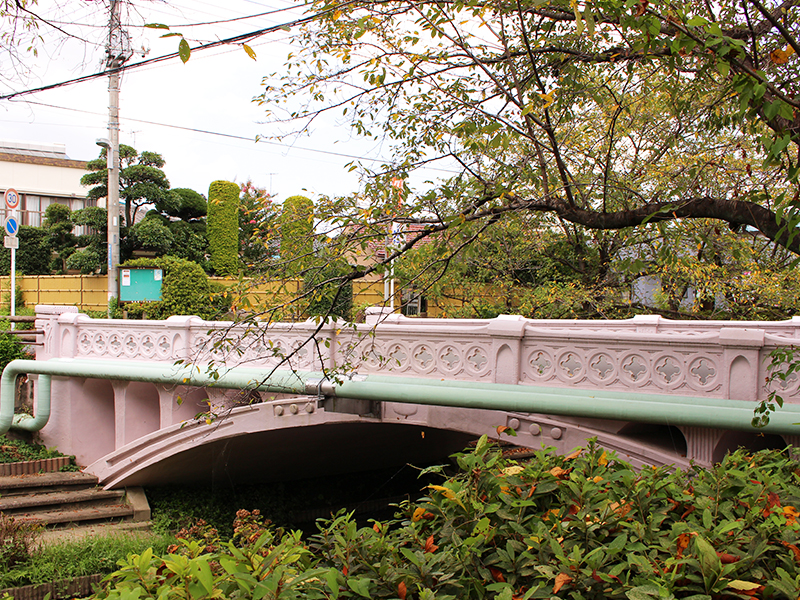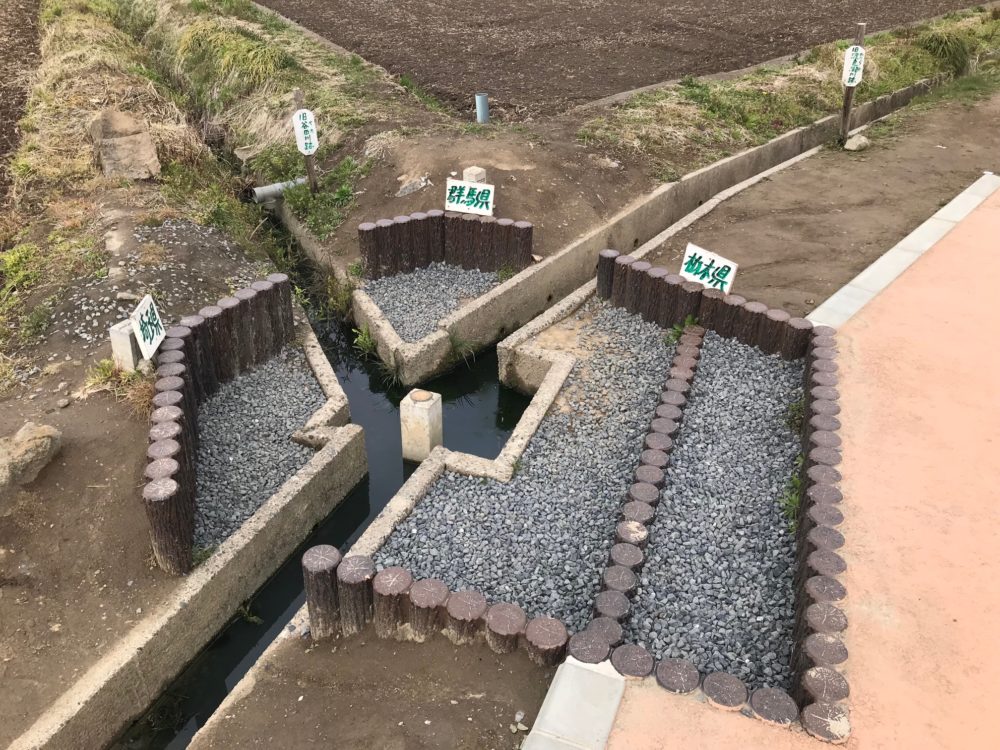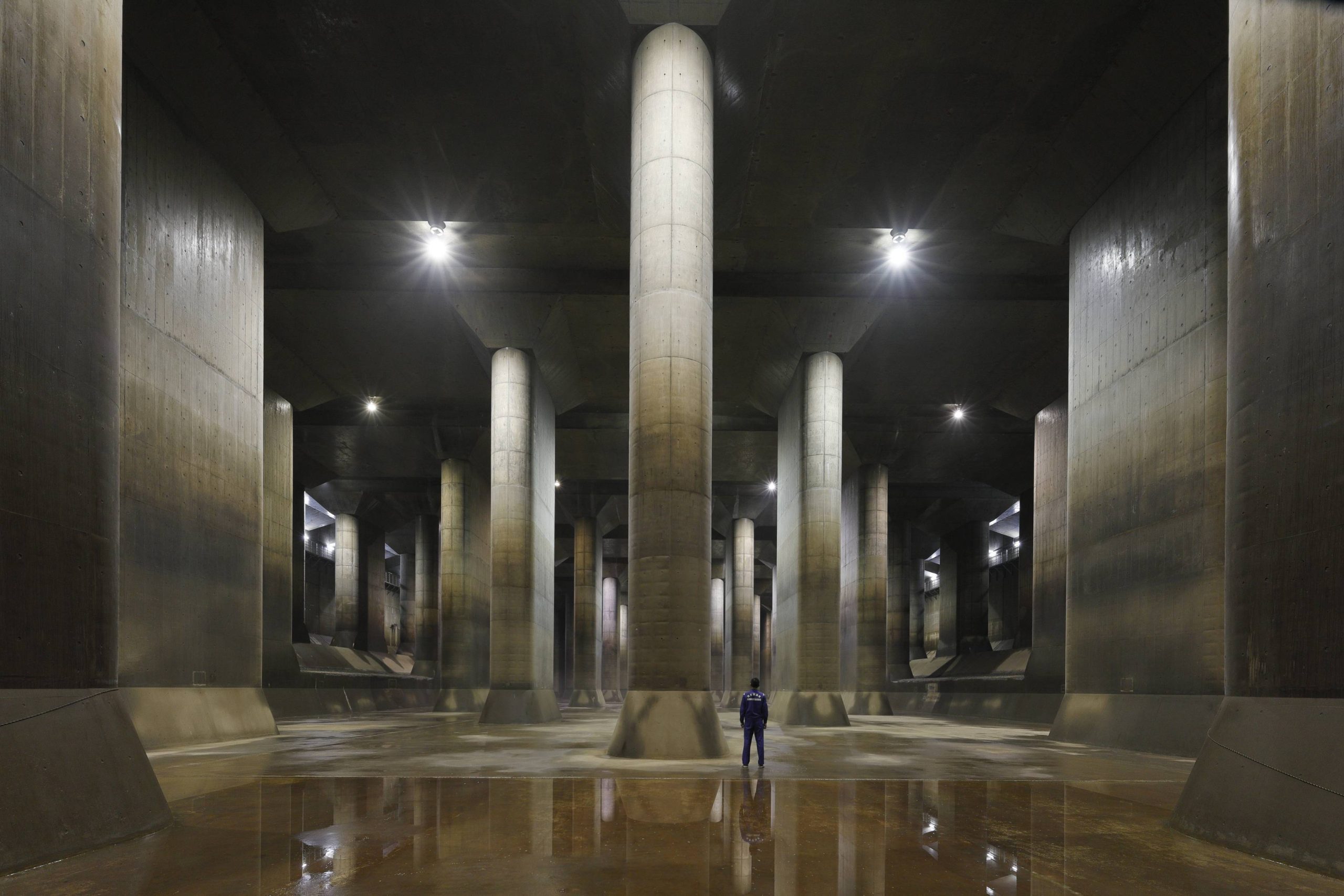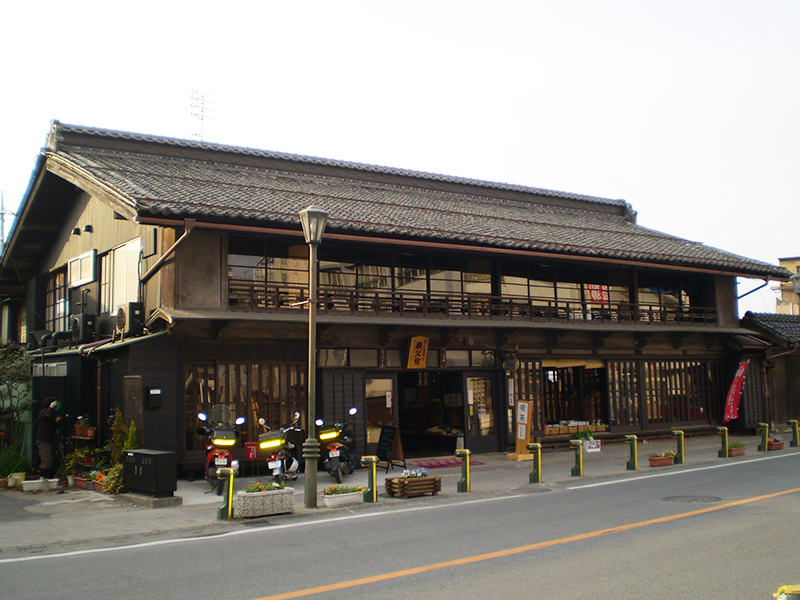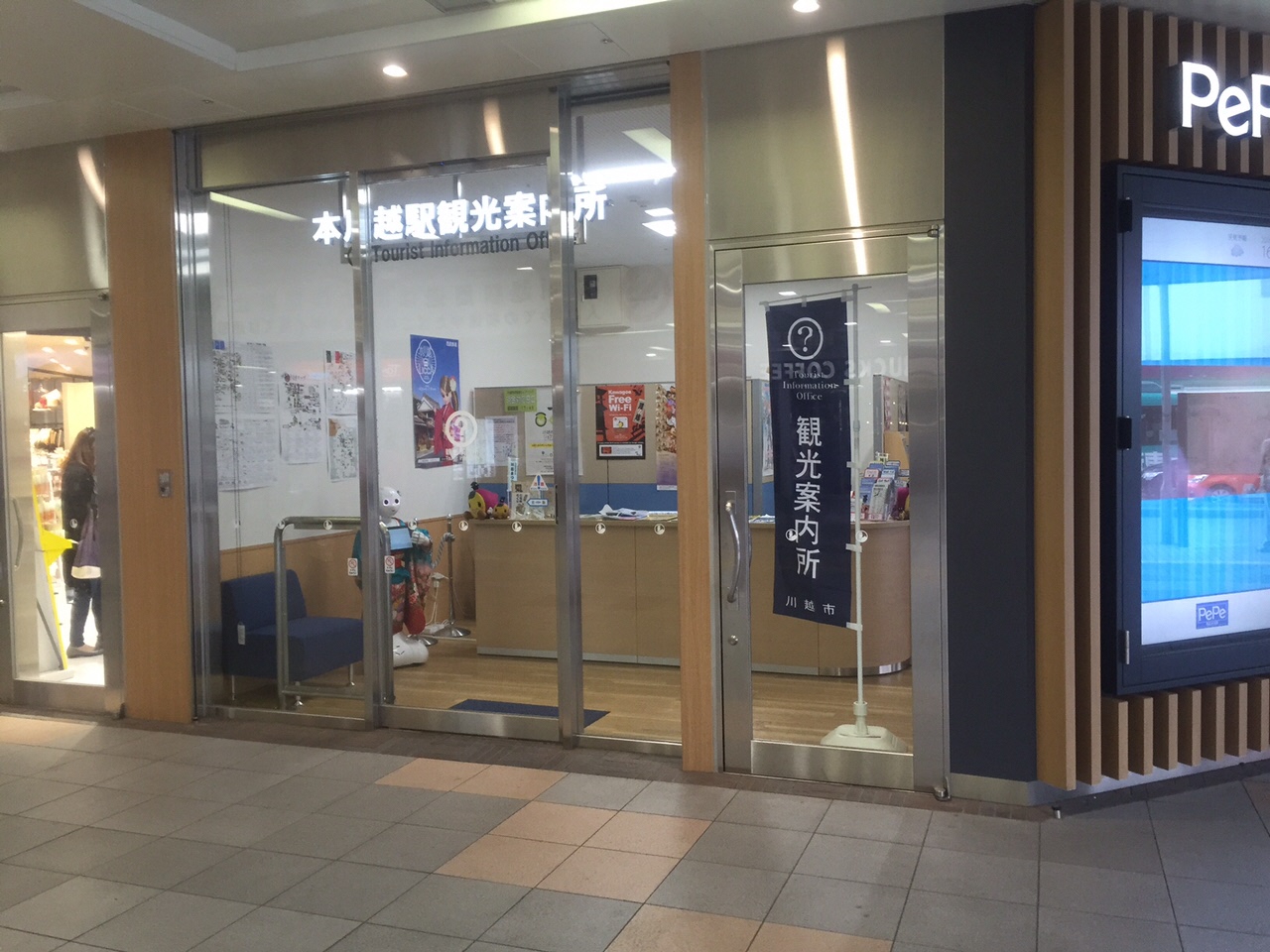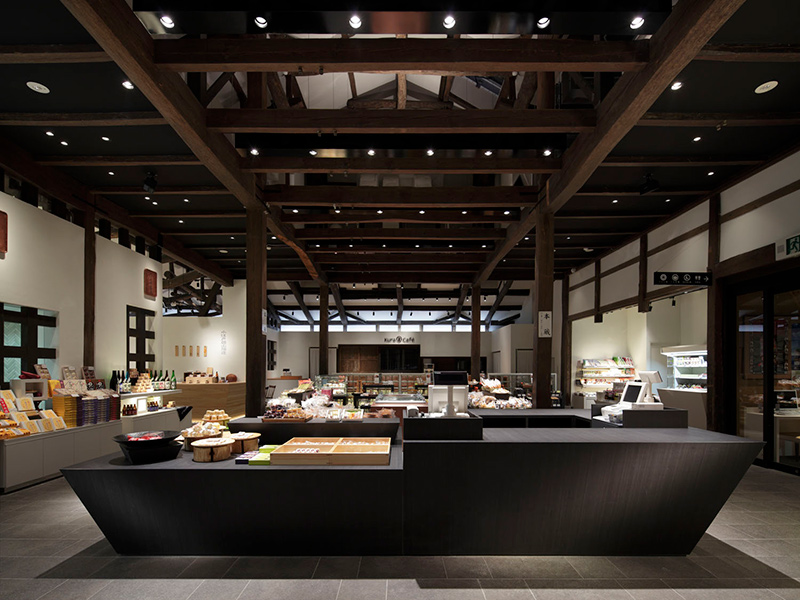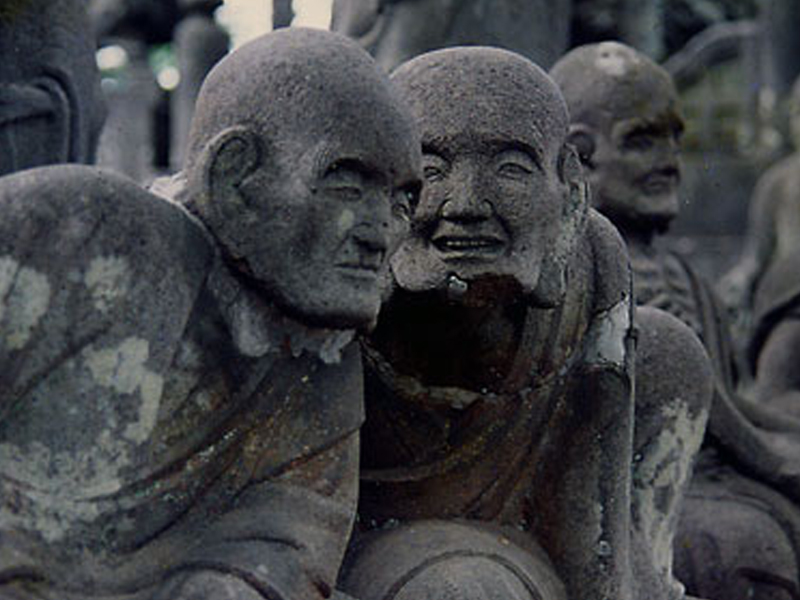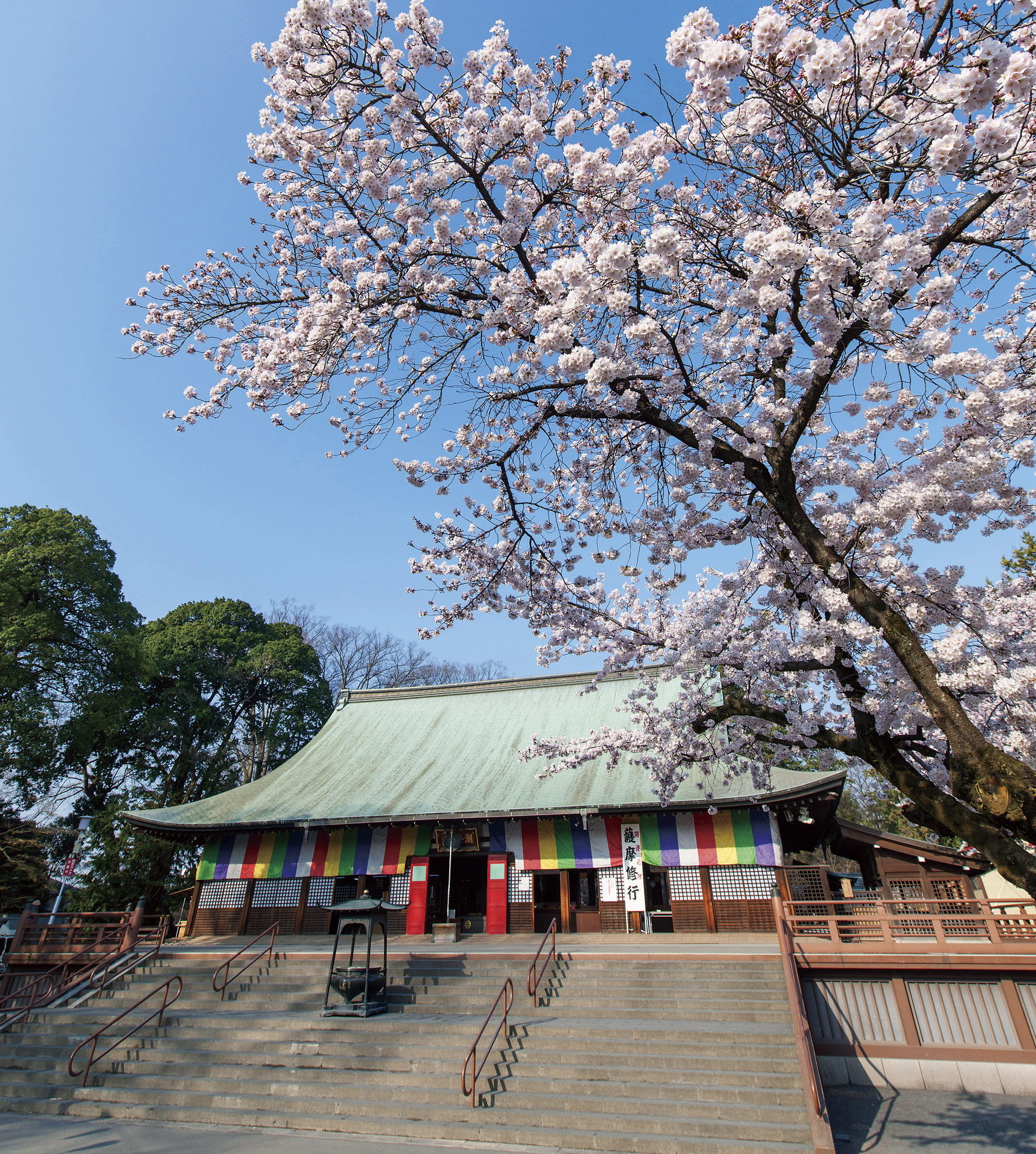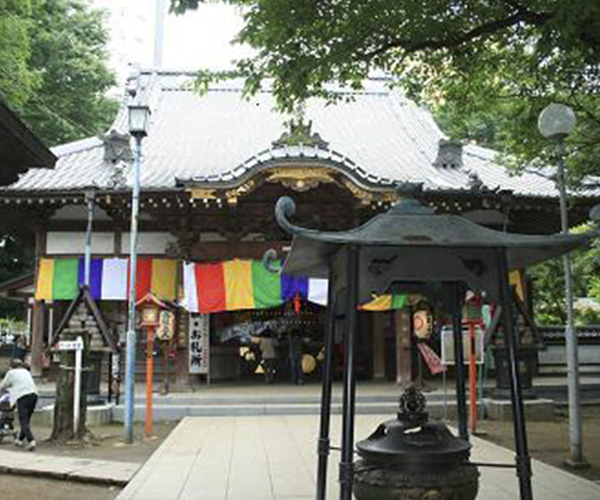Kawagoe City Tourist Information Center
sightseeing
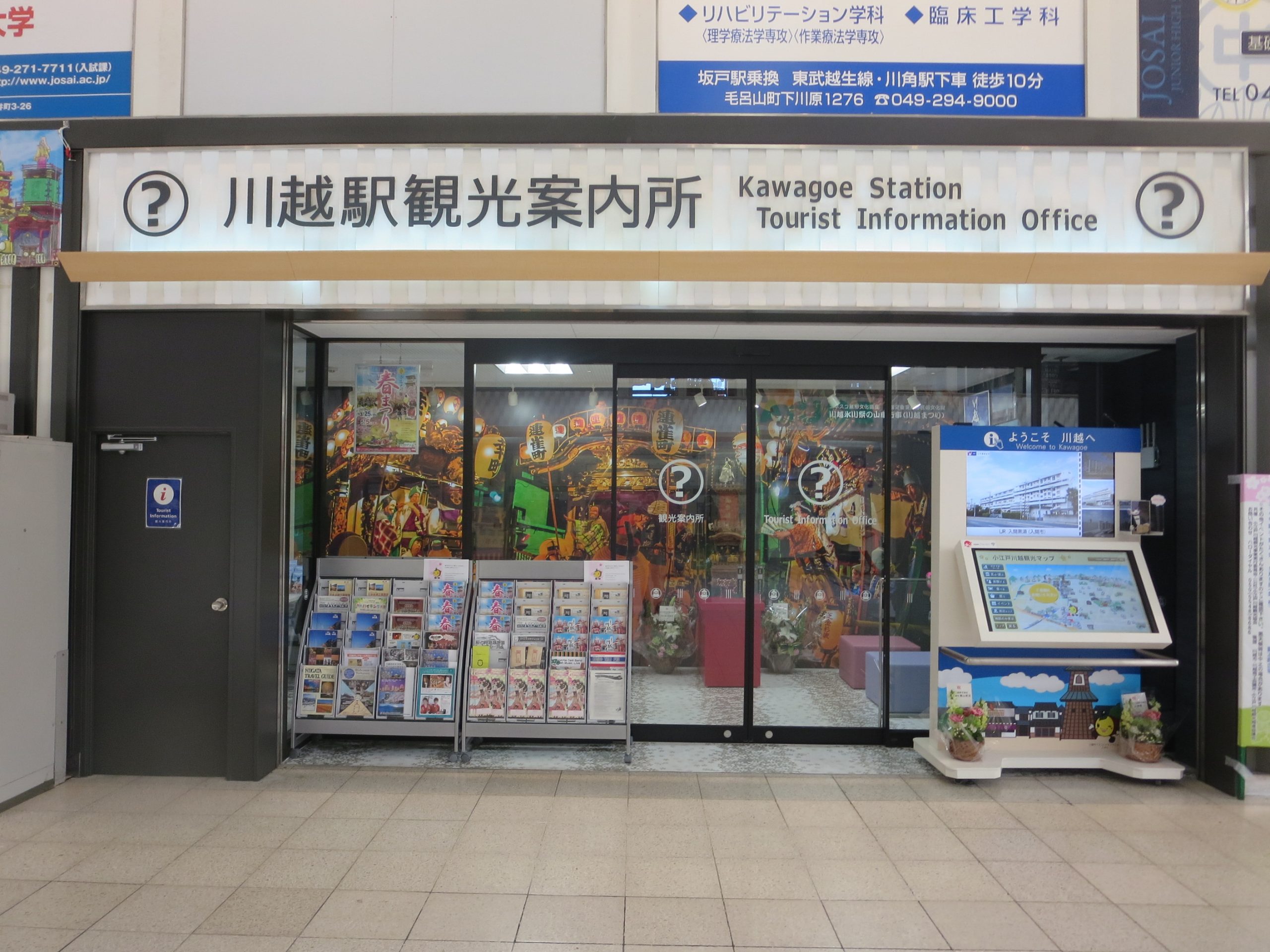
We offer tourist information and sightseeing brochures. We are conveniently located inside Kawagoe Station and can be used as a base for strolling around Kawagoe, with the Edo-style Kurazukuri Warehouse Street just a 15 minute walk away. Rental services for wheelchairs and baggage storage are also available (payment required).
Basic Information
Location
Kawagoe Wakitamachi 24-9
TEL
049-222-5556
FAX
049-222-5051
Business hours / Fee
Business hours
9:00 ~ 16:00 (April-June)
9:00 ~ 19:00 (July-October)
9:00 ~ 17:00 (November to March)
9:00 ~ 19:00 (July-October)
9:00 ~ 17:00 (November to March)
Regular holiday
Operating all year round.
How to get there
Public transport
Kawasaki Station of JR Kawagoe Line, Tobu Tojo Line (Besides Tobu Tojo Line Ticket Gate)
Car
About 10 minutes from Kawagoe Interchange of Kan-Etsu Expressway
Parking
Free:
Fee: None
Fee: None
Other
Foreign language support
Staff (UK / Germany / Korea / Spain) Pamphlet (UK / China (Traditional / Simplified) / Korea / Germany / France / Spain / Portugal / Thailand)
Internet Wi-Fi
〇
Universal design
Wheelchair rental
〇

